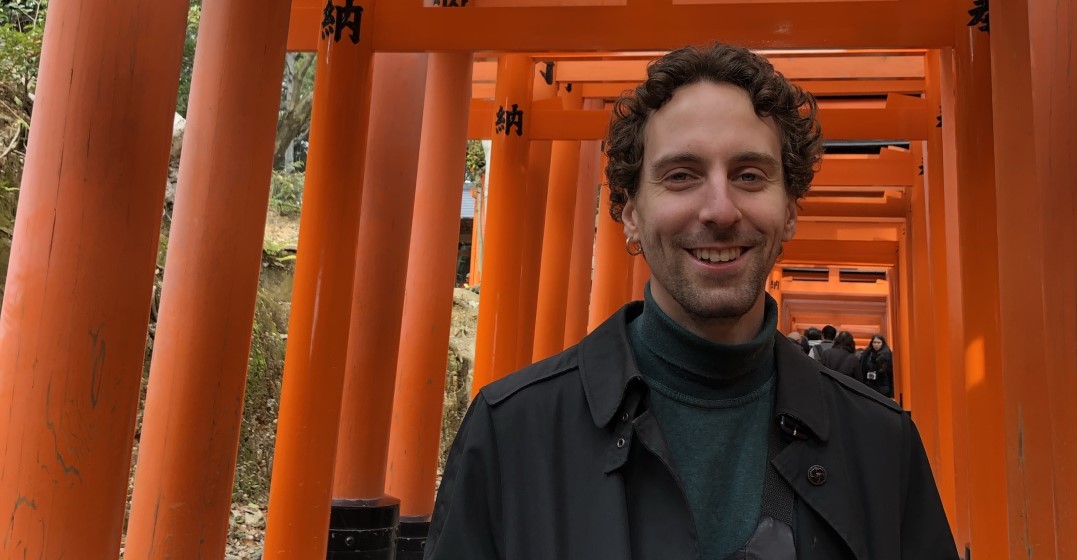by Lingoda Team
Updated on October 28, 2024
So, we’ve got the platform, we’ve got the students and we’ve got the brilliant teacher. Now what? Well, we need a thorough learning plan in place. We caught up with Lewis, Lingoda’s English instructional designer, to discuss lesson production, daily routine and pushing boundaries.
An instructional designer at Lingoda is in charge of devising, developing and updating all of the learning materials that are used in our live classes. As all our courses follow a structured curriculum, the instructional design team makes sure that our courses not only map closely onto the CEFR, but are also engaging yet challenging for students and a pleasure to teach for our teachers.
Lesson creation is quite a long process from start to finish! We usually carry it out in three stages: pre-production, production and then post-production. Pre-production refers to when we devise the curriculum itself and decide which topics go where and for which level. Then for each topic, we will create lessons that develop either vocabulary, grammar or communication skills. Once we know this, we decide on the learning outcomes, a set of objectives, to be achieved for each lesson. Then we actually go ahead and produce the lesson, in the production phase, making sure there is plenty of opportunity for speaking. After that, we move to post-production, where we gather feedback on the lesson once it’s out there in the world and implement this continually to make sure it’s as accurate and enjoyable for our students as possible. Phew!
I touched on this a little bit in my previous answers (couldn’t help myself!). For me, a good lesson is one that really empowers and engages students to recognise and then reproduce by themselves whatever it is you’re teaching.
How can you do this? The best way is to give them very rich, real-life what we call ‘input’, which just means plenty of examples of a vocabulary item or a grammar point in context. Then, the students should be encouraged to understand how and why they are being used in this context before being tasked with producing it themselves.
This is why in our lesson we always place a heavy emphasis on speaking. It’s only when you as a learner open your mouth and are pushed to use that tense you’ve just been learning that you realise whether you actually understand it or not!
I have a fantastic team of other instructional designers who each look after a particular language. I also have an amazing team of freelance Content Authors who help in the production phase that I outlined above!
In one short answer: because I have the fundamental belief that language remains our greatest invention. It is also the invention that still has the greatest power to connect us as members of society.
On a much more personal level, I’ve also always been obsessed with languages, their intricacies and differences and also how they’re learnt. The future of learning a language is most definitely online, so really it’s the perfect fit for me.
Don’t doubt yourself! I am most certainly one to ignore this crucial piece of advice, but I think it’s absolutely key. Don’t overthink it, trust your gut instincts and keep that self-belief. I would also say, let that fear, or whatever it is inside you that’s holding you back, guide you in whatever it is you’re doing. Learning to understand exactly what it is you’re afraid of, only then will you move forward, challenge yourself and end up growing. Gosh, I sound like the Dalai Lama here.
Want to work with Lewis? Lingoda is hiring! With roles in digital education, product, marketing and finance, you’re sure to find something that meets your skillset.
